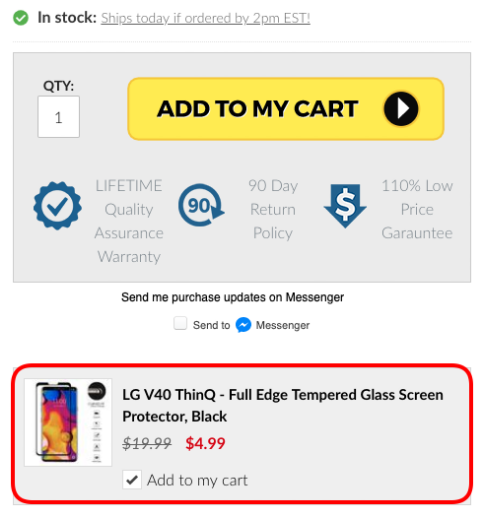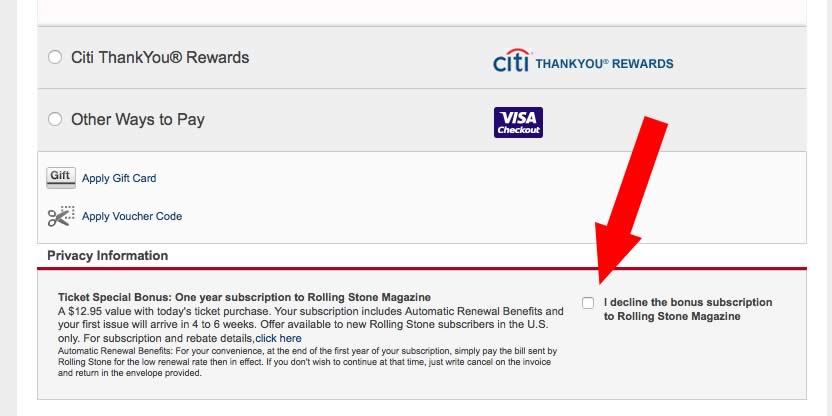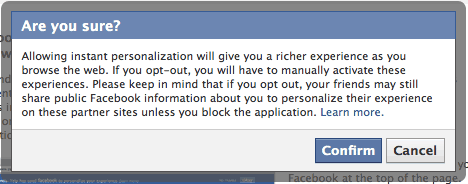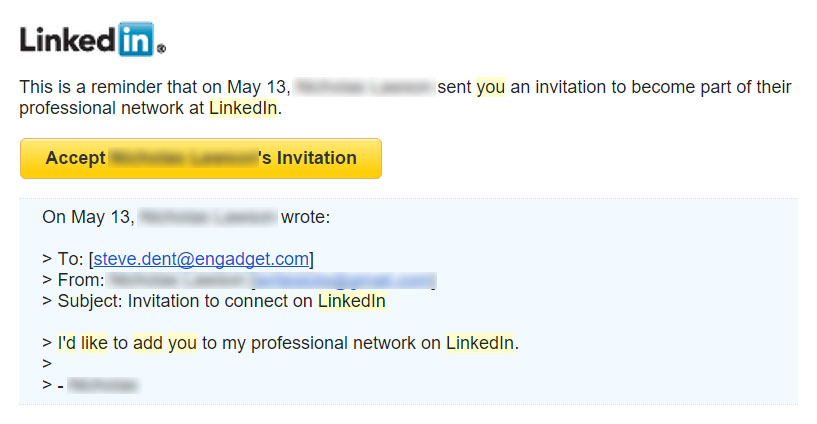We all come across various websites that trigger us to click on a particular button or make us take some action even when we don’t want to. These are Dark Patterns. They are more common these days.
This can help a business grow its sales. At the same time, it can also harm a business’s reputation. Trust me, this is more exciting than we usually think.
Now, I do not want you to get tricked by these dark patterns.
In this article, I will be discussing some vague patterns. It will include various topics.
- What are Dark Patterns?
- How Do Dark Patterns Work?
- Types Of Dark Patterns
- How to Spot and Avoid Dark Patterns?
What Are Dark Patterns?
Dark Patterns are intentionally designed interfaces to mislead us to choose a path we didn’t want to take. A business or company usually uses dark ways to achieve the company’s objectives without taking care of customers’ needs and money.
It is similar to buying something, but you don’t mean to. It tricks users into taking unexpected actions such as purchasing a product, signing up for a service, clicking on a button, etc.
How Do Dark Patterns Work?
We never read the whole page and every business knows this very well. We skip the page and make our own assumptions without understanding it correctly. One of the best examples could be the Terms and Conditions page.
A Terms and Conditions page states everything about a company’s policies. It also discloses how your data will be used. But, we agree on it in milliseconds.
Now, an organization takes advantage of this and adds patterns into its pages. It could be anything from buying a product to signing up for a subscription. Companies use human psychology to trick users.
Types Of Dark Patterns
Being an online marketer, we keep learning about such tactics to increase traction. Today, I am exposing some of the secrets!
Here are the types of dark patterns.
1] Trick Questions
We all come across various forms that trick us into filling in specific questions that we don’t want to answer. We would not like to answer those questions. But organizations mislead us by questioning the same with different formations.
For instance, you sign up for a service and fill in all the necessary details in the form. Then, the company asks you for consent to send promotional offers and news to your email address.
Now, you prove your smartness by disagreeing with it. On the other line, it asks for the same permission, but in a different way. So, if you disagree with the first ones, you will settle on the second one.

2] Sneak Into Baskets
Sneak Into Baskets refers to adding additional products with your main product. Ecommerce giants ordinarily follow this strategy. Yet, they still give us a choice to remove those products at the checkout page.
Let’s suppose you are buying a brand-new smartphone from an e-commerce store. When you add the smartphone into the cart, it also adds other products such as phone cases, insurance, warranty, etc.
This comes under sneak into baskets pattern.

3] Roach Motel
Roach Motel means getting into the situation very easily, but coming out of the situation becomes complicated. The most common example is a subscription. It is similar to adding products into your basket via tricky questions.
For instance, you are buying a laptop from an e-commerce platform. On the checkout page, it adds some OTT platform subscriptions without even taking your consent.
The thing is, you can still remove it from your basket. But, it becomes worst when you don’t get the option to cancel it.

4] Privacy Zuckerberg
Privacy Zukerberg means agreeing to share information publicly by getting tricked. The name has been originated from Mark Zukerberg. And, another reason is Facebook’s privacy policy.
Every organization’s Terms and Conditions page states that they can sell and use our information for their purpose. But still, we don’t even take a minute to read the T&C and agree to it immediately. Then, they sell the information to data brokers, and brokers use it for different purposes.

[Protect Your Privacy With Best Privacy Apps To Replace Data Tracking Platforms]
5] Price Comparison Prevention
E-commerce websites use this dark pattern to avoid price comparisons between products. You might have noticed that a few websites do not provide a price comparison feature on smartphones.
The reason could be so that you can’t compare between the products. It directly leads to a wrong decision.
Earlier, Flipkart had implemented this feature. But later on, they decided to add it again on their website.

6] Misdirection
The design focuses your attention on one thing to distract your attention from another. Let’s understand this with an example.
You went to a flight booking website, selected the flight time and date, then click on next. On the next page, you observe that they have already chosen a seat for you with an extra offer.
There are two things which you might observe. First, you haven’t asked to select a seat automatically. Moreover, they have added another item on the checkout page without your consent. It will cost you more than the usual flight ticket.

It is becoming crazier with every dark pattern. Let’s understand some more patterns.
7] Hidden Costs
It means discovering some unexpected charges on the payment page. It can be delivery charges, service charges, taxes, etc. This usually happens when we pay our credit card bills. While paying credit card bills, we also pay different charges which convert into a hefty amount.
It can be commonly found in ecommerce websites.

8] Friend Spam
Friend Spam means taking permission from your social accounts or email to find friends or services near you. But they use it to send spam emails to your friends on behalf of you. Users sued LinkedIn for $13 million as they implemented this strategy to gain more users.
Want to hear this exciting story? LinkedIn has already been sued for using these patterns to bring more users to their platform.
As per Dan Schlosser, a dark pattern researcher, LinkedIn tricked users into importing their contacts with the help of a few tricky buttons. After that, LinkedIn used email addresses from the contact book and added them to the People May Know page with two misleading buttons.
According to Dan, the tricky buttons compelled users to think that mentioned people are already using LinkedIn, and they are simply sending them the connection request.
However, it wasn’t true. The users were never present on LinkedIn. Though LinkedIn was continuously sending emails as users’ names and inviting them on the platform. That’s how LinkedIn used these bad patterns to acquire more users.
Dan Schlosser has written the whole story on LinkedIn dark patterns usage.

[You Should Not Miss These 10 Email Security Tips]
9] Forced Continuity
It means a business is forcefully charging you for a particular service. They are debiting the money automatically from your debit card without even letting you know.
For instance, you have opted for a free trial and the trial period comes to an end. Now, to enroll for the free trial, you had entered your credit/debit card details. The situation becomes worst when you aren’t able to remove your credit/debit cards.
[You Should Know What is Carding? Is Carding Illegal in India?]
You can’t do anything rather than continuing it. Companies deliberately make the process harder so that users don’t quit the service.

10] Disguised Ads
We come across these patterns daily. It refers to placing attractive or eye-catching advertisements on a website or application so that users will click on it immediately.
Then, it navigates the user to another page that also contains some dark patterns. That is how disguised ads’ pattern works.

11] Confirmshaming
If you use any ad blocker, you might have noticed that some sites ask you to disable them by showing an emotional message. But still, you don’t because you don’t want to see tons of ads on a single web page.
The website again shows a pop-up that indirectly makes you feel guilty for using an adblocker. Let’s say there is a decline button stating, “I do not want to turn off. I’m a bad guy”.
Now, there are chances that you will disable the adblocker after reading the text on the button. In the end, you don’t want anybody to call you a bad guy.

12] Bait and Switch
It means we go to do one thing, but a different and undesirable thing happens. The most famous example of a bait and switch is Microsoft. In 2016, Microsoft had designed a pop-up that is baiting users to switch to another window version.

These are the types of dark patterns. Anyway, let’s figure out how to spot and avoid dark patterns easily.
How to Spot and Avoid Dark Patterns?
Here are some ways to spot and avoid dark patterns.
- Keep all the above-mentioned patterns in your mind.
- Read pages and terms and conditions thoroughly to spot and avoid these ways.
- Spot the odd ones in the interface. For example, ‘Buy’ button is too big, attractive, and bright as compared to others.
- Cross-check products in the basket before making payments.
- Understand the context correctly.
These are some of my ways to spot and avoid dark patterns.
This was all about Dark Patterns. Stay safe from the above-mentioned patterns. Also, share this article and educate your friends, family, and neighbors about these dark ways. You might save them loads of money.
That’s all for this article.
